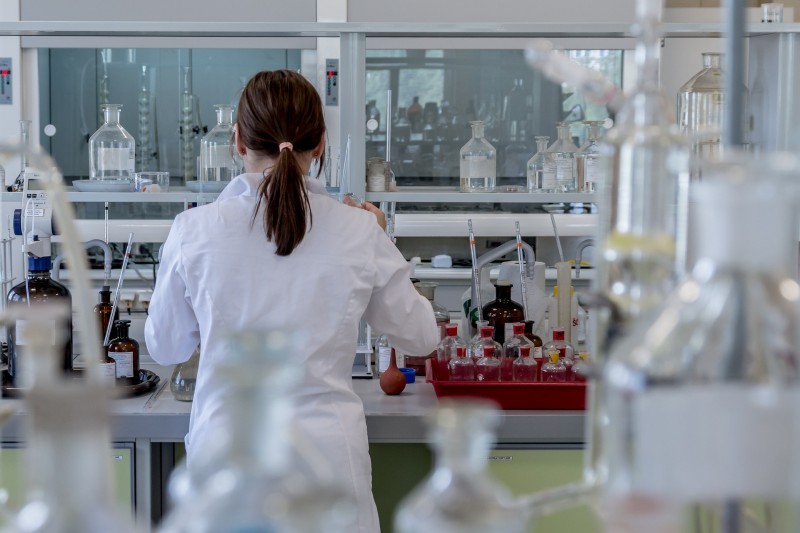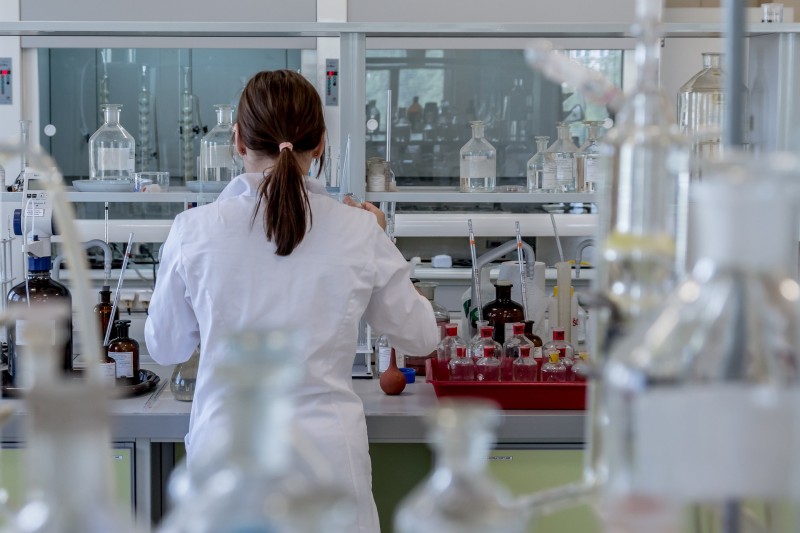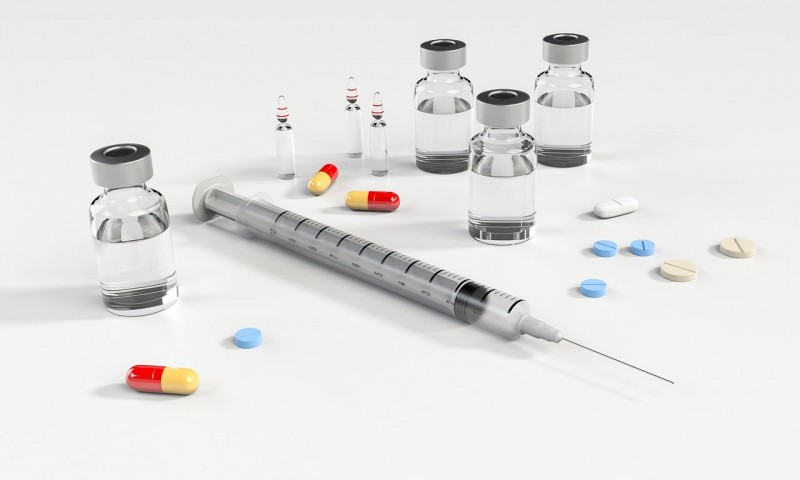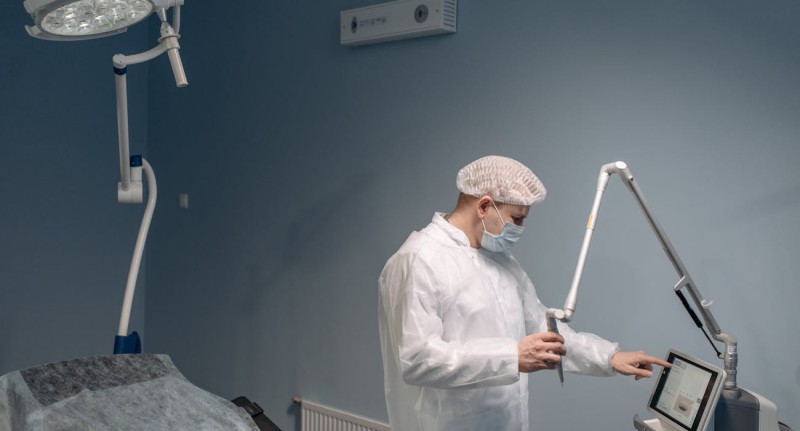Workers in certain occupations face much higher risks of injuries and fatalities than those in other jobs. Construction workers, miners, loggers, fishermen, and farmers are among those who work in some of the most dangerous professions. Implementing effective safety practices and using proper protective gear can help reduce accidents and save lives in these high-risk fields.
Importance of Safety Training
Comprehensive safety training is essential for preventing injuries and fatalities among workers in hazardous occupations. Employers should provide training on potential risks, proper use of equipment, emergency procedures, and safe work practices. Workers should learn to recognise and avoid hazards like dangerous machinery, harmful chemicals, falling objects, confined spaces, and great heights. Training should be ongoing to account for new employees and changes in procedures. When everyone is educated on safety protocols, worksites become much safer.
Use of Personal Protective Equipment (PPE)
Supplying appropriate personal protective equipment (PPE) helps shield workers from common hazards in high-risk jobs. Hard hats protect construction workers and miners from falling objects and bumps to the head. Sturdy work gloves allow industrial workers to handle sharp or heavy materials safely. Safety goggles and face shields guard against flying particles, chemicals, and debris. Hearing protection like earplugs blocks out damaging noise from machinery. Respirators filter out toxic dust and fumes. Fall protection harnesses prevent fatal plunges when working at heights. PPE should be comfortable, well-fitted, and properly maintained to be fully effective.
Eliminating Hazards
Controlling or eliminating hazards in the workplace is key to avoiding injuries and deaths. Regular inspection and maintenance of equipment can identify and resolve issues before they cause accidents. Barriers and guardrails help prevent falls. Proper ventilation reduces exposure to airborne toxins. Rotating staff across different tasks decreases ergonomic strains. Strict enforcement of safety protocols ensures workers are not taking unnecessary risks. Engineers can design equipment and procedures to be inherently safer. When hazards are engineered out of job sites and processes, there is less reliance on fallible safe behaviours.
Emergency Preparedness
Planning ahead for emergencies can save lives in the event of serious incidents. Workers should be trained in first aid to treat colleagues before professional help arrives. Facilities should have well-stocked first aid kits available. Job sites in remote areas need designated medical evacuation transportation. Proper fire extinguishers and escape routes allow for quick response to fires and explosions. Establishing emergency response plans, designating roles, and conducting drills prepares everyone for rare but catastrophic accidents. Planning for emergencies helps mitigate the impact when things do go wrong.
Promoting a Safety Culture
Building a strong culture of safety is key to reducing fatalities and injuries. When management demonstrates a genuine commitment to safety, it encourages workers to buy in as well. Workers should be empowered to speak up about hazards without fear of retaliation. Shortcuts cannot be tolerated, even if they would expedite work. Safety performance should be rewarded and incentivised, not just lack of incidents. Everyone onsite needs to look out for themselves and each other. Over time, an organisation with a thriving safety culture will inherently make safer decisions at all levels.
While some occupations will always involve a higher level of risk, implementing good safety practices can help prevent needless tragedies. With proper training, protective equipment, hazard control, emergency preparedness, and a culture of safety, workers can perform their duties securely. Organisations must be vigilant about safety to protect their most valuable assets – their people. A commitment to safety pays dividends through preserved lives, avoidance of disruptions and liabilities, and boosted morale.















